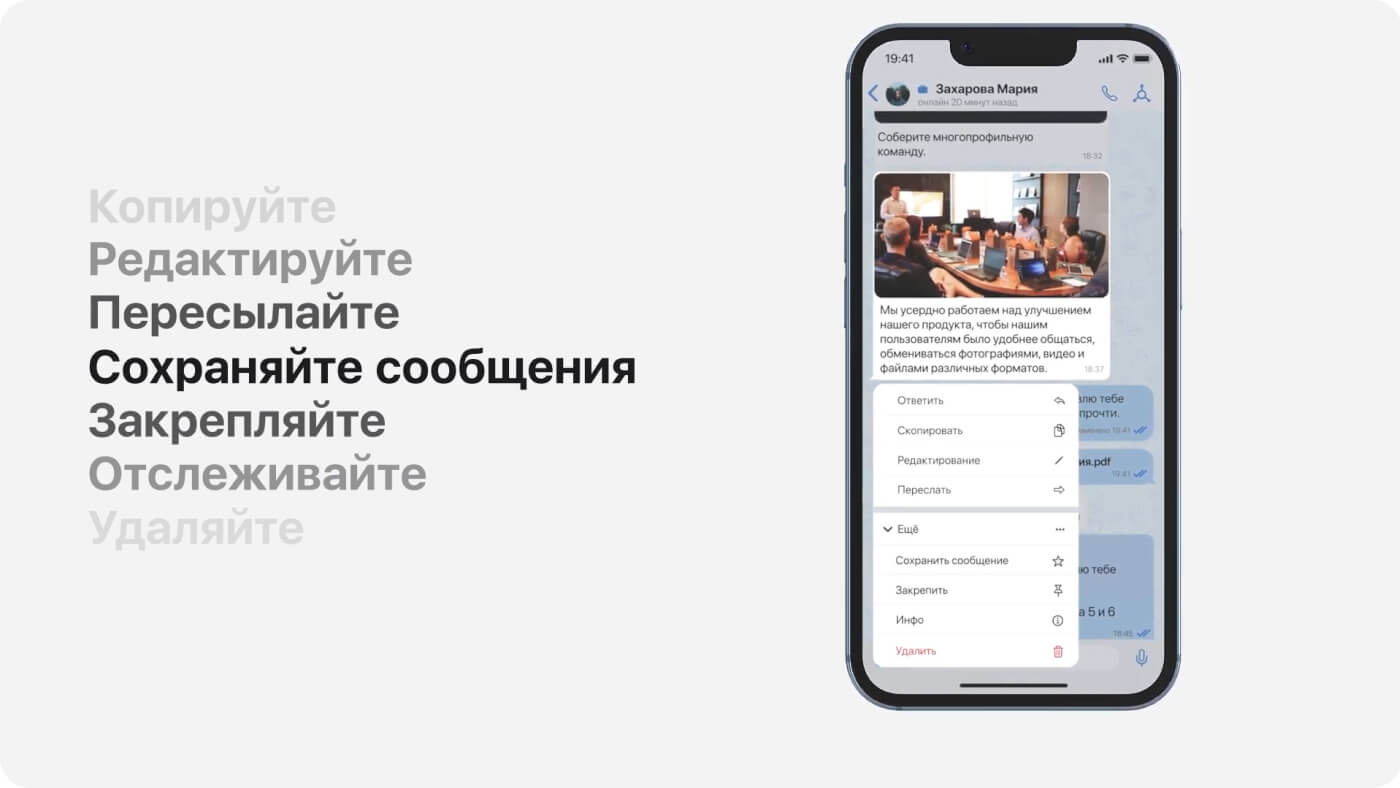Online services are actively used in various industries. Videoconferencing (VKS) is employed in government bodies and private enterprises for real‑time communication. The format significantly simplifies interaction regardless of participants’ physical location. In online contexts, video communication is referred to in various ways. In this article, we will explain how an online meeting differs from a videoconference.
Key concepts
Videoconference – a technology that provides transmission of audio and video materials in real time. The internet is used for data transmission. Implementing this function requires certain technical equipment. The standard minimum includes:
- web camera;
- microphone;
- speakers;
- large‑format monitor;
- control system.
Typically, a meeting room or a separate office is equipped by the organizers of the event. For example, if employees undergo distance learning, the lecturer conducts the broadcast from their workplace. Listeners gather in a conference room. The image is displayed on a large screen. Participants communicate using a microphone and speakers.
An online meeting differs from VKS in that in the first case there is no need to be present in a specific location, although both formats allow participants to be in different cities or even countries. In a simplified connection version, users connect to the video call on their own. Usually they use their own equipment (laptop, smartphone). It is important that compatible software is installed on the computer.
In an online meeting, the user—and not the organizers—is responsible for connection quality. The participant must independently monitor the quality of the internet connection. A minimum required speed is 10 Mbps, and the connection must be stable.
The difference between videoconferencing and online meetings using a court example
Videoconferencing enables participation in court hearings by transmitting audio‑video data, but there are challenges with providing and examining evidence. In a specially allocated room, large‑format monitors, webcams, and microphones are installed. The participant must personally appear at the court building considering their regional location. For example, if a case is under review in Moscow, and the citizen lives in Samara, they must visit the appropriate institution in their city, such as the Samara Regional Court. In fact, participation in the process is facilitated by two judicial institutions. Both must have the technical capability for this.
An online meeting, even within court proceedings, implies a simplified interaction format. In this case, a participant uses their own equipment. Accordingly, they can join from any convenient location. They just need to join the video call in time.
A petition to hold a court session online can be submitted through the “My Arbitrator” system. First, one must register on the platform using the Unified Identification and Authentication System (ESIA). The platform is used to verify the identity of the participant in an online meeting. The Unified Biometric System also works. Participants’ credentials are also checked remotely.
In videoconferencing, face‑to‑face document verification takes place. You should be prepared that the process will need to be repeated twice. The first time is upon entry to the court building equipped for communication. Documents (internal or foreign passport, military ID) are checked by bailiffs. The second verification is conducted by the judge.

Advantages of videoconferencing
Videoconferences provide comfortable conditions for organizing:
- training, including corporate;
- various conferences;
- presentations;
- medical consults;
- negotiations, including interdepartmental and at the governmental level.
Unlike online meetings, this format assumes meetings are held in specially prepared rooms. For example, training rooms have desks, and conference halls for presentations have projectors. It is assumed that only organizers will have such equipment. Other participants can join using personal portable devices.
An important advantage of the format is saving participants’ time and money. Communication does not require spending resources on travel, renting event spaces, or accommodating attendees.
Simultaneously, it ensures speed of communication. A meeting of all participants can be held at any convenient time. This increases the speed of decision‑making and feedback, positively impacting productivity.
VKS also stands out in that hundreds of users can participate in an event. If necessary, scaling is possible, meaning the number of connections can increase. For example, our platform supports up to 250 users.
Why government bodies and private businesses choose videoconferencing
Videoconferencing is chosen by organizations that value rapid responsiveness to changing situations and efficient use of funds. As an example of successful technology application, the Russian EMERCOM can be mentioned. The agency uses videoconferencing to coordinate unit actions in emergencies and for organizing rescue operations.
Different ministries and businesses (regardless of scale) hold videoconferences for scheduled and unscheduled meetings. VKS helps improve customer service quality and establish close interaction with partners around the globe.





